In the age of digital abundance, our travels often leave us with thousands of photographs and countless memories scattered across devices and platforms. The initial joy of returning home with a treasure trove of visual souvenirs can quickly turn into overwhelming digital clutter if not managed thoughtfully. What begins as a delightful recollection exercise often becomes a stressful chore that we keep postponing, until those precious moments become distant and disorganized fragments of our past. The art of travel photo and memory organization isn't just about creating neat folders—it's about preserving the emotional resonance of our journeys in a way that remains accessible and meaningful for years to come.
The foundation of effective travel memory organization begins before you even return home. Modern travelers often make the mistake of waiting until they have accumulated hundreds or thousands of photos before thinking about organization. The most successful archivists understand that the process starts during the journey itself. Taking a few moments each evening to review the day's captures, deleting obvious duplicates or failed shots, and writing quick notes about what made each moment special can transform an overwhelming task into a manageable ritual. This daily practice not only lightens the post-trip workload but also captures fresh impressions that might fade with time.
When dealing with digital photographs, the sheer volume can be daunting. Many people fall into the trap of keeping everything, fearing they might discard something potentially meaningful. However, quality always triumphs over quantity when it comes to memory preservation. The key is to be ruthlessly selective—ask yourself which images truly encapsulate the essence of your experience. Does the photo evoke the atmosphere, the emotion, or the significance of that moment? Often, a single well-composed image can tell a more powerful story than twenty similar shots. Create a system where you flag your best photographs during the initial review process, making them easier to locate later for more detailed organization.
Metadata becomes your best friend in creating a searchable, meaningful archive. Most photo management software allows you to add keywords, locations, and dates to your images. Taking the time to properly tag your photographs with relevant information might seem tedious initially, but it pays enormous dividends when you want to retrieve specific memories years later. Imagine being able to search for "sunset in Santorini" or "that little bakery in Paris" and having those images immediately available. This systematic approach transforms your collection from a chaotic dump of images into a curated library of experiences.
Physical memorabilia—ticket stubs, maps, brochures, and small souvenirs—often carry emotional weight disproportionate to their size. These tangible artifacts connect us to our experiences in ways that digital images sometimes cannot. Creating a system to preserve these items alongside your photographs enriches your memory archive tremendously. Consider scanning or photographing fragile paper items to preserve them digitally while keeping the originals in protective sleeves or shadow boxes. The combination of visual digital records and physical artifacts creates a multidimensional archive that engages different senses and memory triggers.
Storytelling should be at the heart of your memory organization system. Instead of simply sorting images by date or location, think about organizing them around narratives. What stories do you want to remember from this journey? Create albums or folders that tell these stories—the day you got lost and discovered that amazing café, the unexpected friendship you formed with local artisans, or the gradual unfolding of a landscape as you hiked through changing terrain. Adding brief written accounts to accompany your visual records transforms your archive from a mere collection into a personal travelogue that you can revisit and share with others.
Backup strategies are non-negotiable for any serious memory preservation system. The heartbreaking reality of losing irreplaceable travel memories due to hardware failure or accidental deletion is entirely preventable with proper backup protocols. The rule of three—keeping your original files, a local backup, and an off-site or cloud backup—ensures that your memories remain safe regardless of what happens to any single device. Automated backup solutions can remove the burden of remembering to perform this crucial task manually, giving you peace of mind that your carefully organized memories are protected.
Technology continues to offer new possibilities for memory preservation and organization. From AI-powered photo sorting that can recognize faces and locations to interactive maps that plot your journey geographically, the tools available today far exceed simple folder organization. However, the human element remains irreplaceable. No algorithm can understand which moments held particular emotional significance or which experiences transformed your perspective. The most effective systems blend technological efficiency with personal curation, using tools to handle the heavy lifting while reserving the meaningful decisions for your own judgment and reflection.
The rhythm of your organization process matters more than perfection. Many people abandon their organization efforts because they become obsessed with creating a perfect system. The truth is that consistency beats perfection every time. Setting aside regular, manageable blocks of time—whether weekly or monthly—to maintain your archive prevents the task from becoming overwhelming. Even fifteen minutes spent adding keywords to new photos or writing a paragraph about a recent experience contributes significantly to building a rich, accessible memory library over time.
Sharing your organized memories completes the cycle of experience preservation. Memories gain new dimensions when shared with travel companions, family, or friends who appreciate your journeys. Creating curated albums to share with others not only allows you to revisit your experiences through fresh perspectives but also creates connections through storytelling. The act of preparing memories for sharing often helps you notice details and patterns you might have overlooked, deepening your own appreciation of the experience.
Ultimately, the organization of travel memories should serve your future self. The photographs and mementos you preserve today become gifts to your older self—windows into experiences that time might otherwise blur. A well-organized archive allows you to retrace your steps emotionally and geographically, rekindling the feelings and insights that made each journey meaningful. The time invested in creating and maintaining this system returns itself many times over in the joy of effortless recollection and the preservation of experiences that shape who you are and how you see the world.
The true value of any memory organization system lies in its ability to make your experiences accessible, meaningful, and enduring. Whether you prefer detailed digital taxonomies or simple chronological albums, the system that works best is the one you'll consistently use. The goal isn't to create a perfect archive but to develop sustainable practices that honor your experiences and ensure that the memories you value most remain vivid and available for all the years to come. Your future self will thank you for the care you take today with yesterday's adventures.

By /Aug 22, 2025
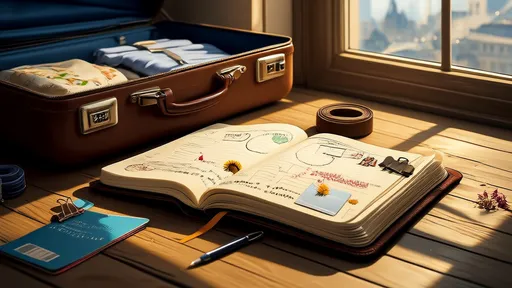
By /Aug 22, 2025
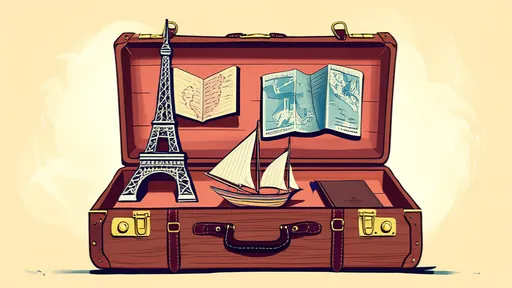
By /Aug 22, 2025
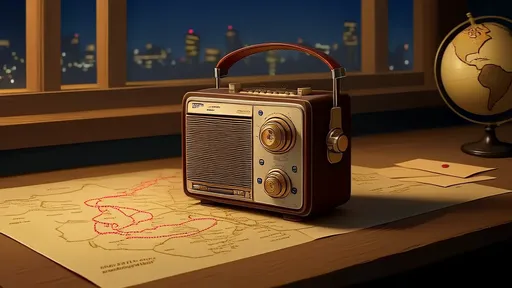
By /Aug 22, 2025
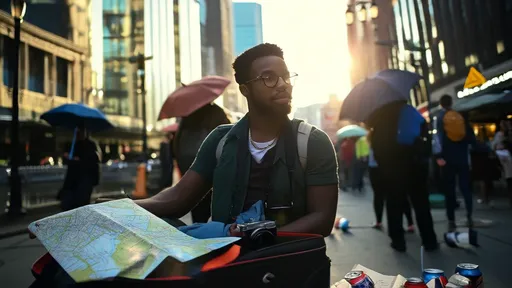
By /Aug 22, 2025

By /Aug 22, 2025

By /Aug 22, 2025
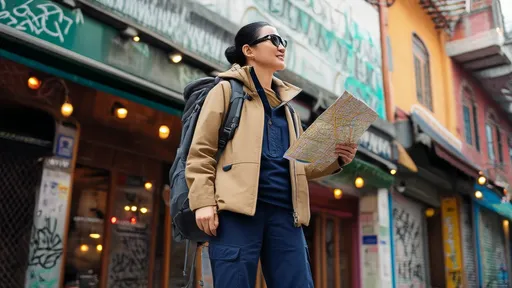
By /Aug 22, 2025
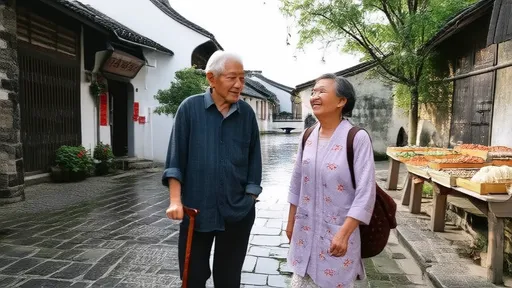
By /Aug 22, 2025
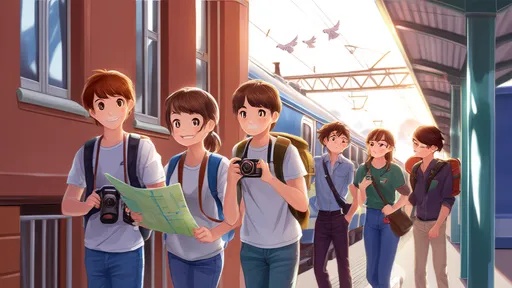
By /Aug 22, 2025

By /Aug 22, 2025

By /Aug 22, 2025

By /Aug 22, 2025

By /Aug 22, 2025

By /Aug 22, 2025

By /Aug 22, 2025

By /Aug 22, 2025

By /Aug 22, 2025
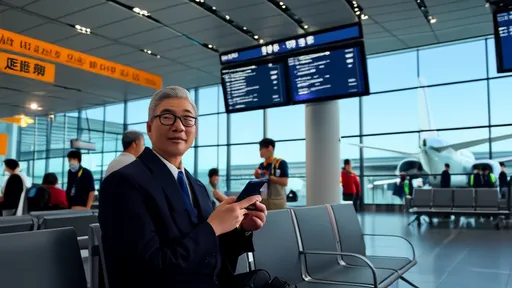
By /Aug 22, 2025

By /Aug 22, 2025